10 Best Things to do in Arequipa, Peru
This post uses some affiliate links which may earn us a small commission from clicks that result in a purchase at no extra cost to you. We hope the information is useful and thank you for supporting our blog.
Explore the Historic Centre
Arequipa is known as the white city of Peru. It’s a fine example of how elements of colonial and native architecture can come together to create something beautiful. As you walk around the historic centre, you will no doubt notice the buildings’ white walls, made of sillar volcanic rock, attractive archways, and ornate facades. Some say Arequipa is Peru’s prettiest city. For me, that title belongs to Cusco, but Arequipa is definitely a close second.
The historic centre of Arequipa, which is the area around Plaza de Armas, has plenty of charm, and there is much to discover as you wander around its streets. In addition to some interesting attractions, Arequipa is also a great destination for souvenir shopping, and the food and drink scene is one of the best in Peru.
See Plaza de Armas
Every Peruvian city has a Plaza de Armas as their main square (and this is also the case with other countries that have been colonised by the Spanish). The origin of the name is the fact that, back in colonian times, these squares used to be the meeting place for Spanish soldiers and their weapons.
I would say that Arequipa’s version of Plaza de Armas is the most beautiful of them all. There is nothing like it - the white cathedral with its two majestic towers, the picture-perfect archways, the tall palm trees, and, to top it all off, the stunning backdrop with two massive volcanic mountains. You just can’t beat this combination.
Plaza de Armas is the heart of Arequipa, and there is always so much going on there. As you explore the city, you are bound to end up here many times.
Visit Arequipa Cathedral
From the outside, Arequipa Cathedral is possibly the most beautiful cathedral in all of Peru - the white volcanic rock and the two towers give it a really special look. You can also visit the interior, and the entrance fee is 10 Soles (2.6$).
We visited Arequipa on the Sunday before Easter, and the cathedral was closed for visiting, so we could not go inside. But we have been to the main cathedrals in Lima and Cusco, as well as several other churches around Peru, and I have to admit I have always been more impressed by the exterior than the interior - every single time. Personally, I found the churches in Peru to be an odd mix of somewhat bland and overly ornate (in a very kitsch kind of way). Visually, the interior is quite different to what you would find in Catholic church in Europe, and not always worth visiting, in my opinion. That said, Arequipa Cathedral is a major attraction with a small entrance fee, so I can’t really advise against a quick visit.
Iglesia de la Compañía de Jesus is another church in Arequipa that is definitely worth checking out, for its beautifully decorated front facade and cloisters - and it’s found right next to Plaza de Armas (south-east corner).
Visit Santa Catalina Monastery
The Santa Catalina Monastery is another major visitor attraction in Arequipa. It’s a large monasterial complex that some describe as a city within a city - and it really does feel like a maze once you are inside. It used to be a monastery for nuns for centuries, hidden from the eyes of the outside world, before it opened to the public in 1970.
In a city of white, the vibrant red and blue colours found at Santa Catalina Monastery really stand out. It’s just such a photogenic place.
The monastery is open for visiting everyday until 17:00, but on Tuesday and Thursday it stays open after dark, until 20:00. This gives visitors the opportunity to explore the convent by candlelight, which should be a pretty atmospheric experience. The entrance fee is 40 Soles (10$) for a self-guided tour, which is pretty steep by Peru standards, but I would say that it’s worth it.
Meet the Camelidae at Mundo Alpaca
Arequipa is known for its textile industry, with many llama and alpaca products found all over the country originating from this area of Peru. If you want to take home a piece of clothing made from the renowned high-quality wool, look no further than Arequipa. But even if you are not interested in shopping at all, you should check out one shop in particular - Mundo Alpaca. The name (World of Alpaca) should be enough to lure you in.
Mundo Alpaca is more than a shopping experience, it also comes with a small exhibition explaining the different types of camelidae (llama, alpaca, guanaco, vicuna) and the process of making the wool. And - the best part - in the garden you will find resident llamas and alpacas that you can pet and feed grass to. It’s all free entrance, because it is a shop after all - and it’s a pricey one! They usually have products from luxury brands such as Kuna, Sol, Incalpaca, etc. You can find these all over Peru, not just here. Their items, while of very high quality, can be very expensive for the budget traveller. But it’s worth mentioning that they sometimes have big sales, and that’s a good opportunity to find something that won’t break the bank.
Enjoy a Drink with a View
Peru’s second largest city lies in the shade of two volcanic mountains - Chachani (6057m) and Misti (5822m). Chachani is considered dormant, with the last eruption having occured more than 50,000 years ago, while Misti is potentially active, with the last eruption having occured in 1985.
Having such tall mountains so close to the city (which is already at an elevation of 2,300m) creates an incredible view, best enjoyed from a rooftop with a hot drink or glass of Pisco in hand. Sunset is a good time for this.
For coffee, Puku Puku is a really cool place, with a nice little terrace.
But the best rooftop terrace in Arequipa has got to be the one at Katari Hotel, on the southern edge of Plaza de Armas. The view of the square from this angle, with the mountains in the background, is unrivalled - you could not ask for a better view in Arequipa. We stayed there for 2 nights, and I don’t know if the terrace is open for outside visitors, but it might be. I do recommend spending the night though. We paid just £50 per night, including breakfast, which is excellent value for money, and the location is as central as it can be. If you want to book a stay, follow this link.
Try the Local Dishes
After visiting Peru, Peruvian cuisine has instantly become one of my top favourite cuisines - there are just so many interesting flavours and unusual ingredients that define Peruvian dishes. There is much to try in terms of food and drinks while in Peru, but there are some dishes that Arequipa specifically is well known for.
Some ideas for things to try:
Chupe de Camarones | Peruvian shrimp chowder, delicious!
Chicha de Guiñapo | traditional Arequipa drink, made from purple corn
Cuy Chactado | fried guinea pig; personally I was not a fan, but it’s something to try while in Peru
Alpaca Steak | if you want to try this, Arequipa is a good place for it; alpaca meat is known for its low fat and high protein content
Queso Helado | traditional Arequipa desert; the name translates into cheese ice cream, but there is no cheese in the recipe (it’s mostly made of milk, egg yolks, cinnamon, and coconut - yum!)
Some of my favourite places:
13 Monjas | personal favourite; great for food and drinks, and loved the venue and brand design
Zig Zag | great to try out various meats including alpaca
La Nueva Palomino | this is a typical lunchtime restaurant called picanteria; great for traditional Peruvian dishes
Admire the view at Mirador de Yanahuara
Mirador de Yanahuara is one of the best viewpoints in Arequipa. It’s a bit outside of the city centre, but still quite easy to reach - a 25min walk from Plaza de Armas.
The view of Arequipa and the Misti volcano, framed by the arches, is quite spectacular - best enjoyed at sunset.
Meet Juanita at Museo Santuarios Andinos
This museum is the resting place of Juanita, the mummy of a 12-year-old girl offered as human sacrifice in Inca times. Juanita has been trapped in ice atop a mountain for centuries, and discovered not too long ago, in 1995. Hence, it is very well preserved.
The entrance to the museum is 25 Soles (6.6$) per person including a compulsory guide (because of the pandemic, they say). The guide is included, but apparently tips are demanded at the end. The tour takes approximately 30 minutes. They don’t allow photography inside the museum.
Before visiting, it’s best to check if Juanita is actually on display. For a few months every year, she is moved elsewhere and kept in a freezer and darkness for conservation purposes. During this time, it may be swapped for a different child mummy.
Day Trip to Colca Canyon
Arequipa is Peru’s second largest city and is a beautiful city on its own, but most visitors come here for something else. Arequipa is also the gateway to Colca Canyon, one of the very top attractions in Peru.
There is a lot to see and do at Colca Canyon. It is widely claimed that Colca Canyon is the second deepest canyon in the world, after another canyon which is also in Peru and nearby (Cotahuasi) - not sure this is entirely true, but it’s still one of the deepest out there. You can visit independently or as part of a tour, which can range from a single day sightseeing tour to trekking tours spanning several days. Colca Canyon is also one of the best places in South America to see the Andean Condor in its natural habitat. And the mountains near the canyon are claimed to be the source of the Amazon river.
An important thing to keep in mind is a trip to Colca Canyon will take you to altitudes as high as 4900m. If you are not already acclimatised, make sure to spend at least a day in Arequipa before heading to the canyon.
I’ve written a separate post about Colca Canyon, and our experience visiting it on a day-trip. Find out morehere.




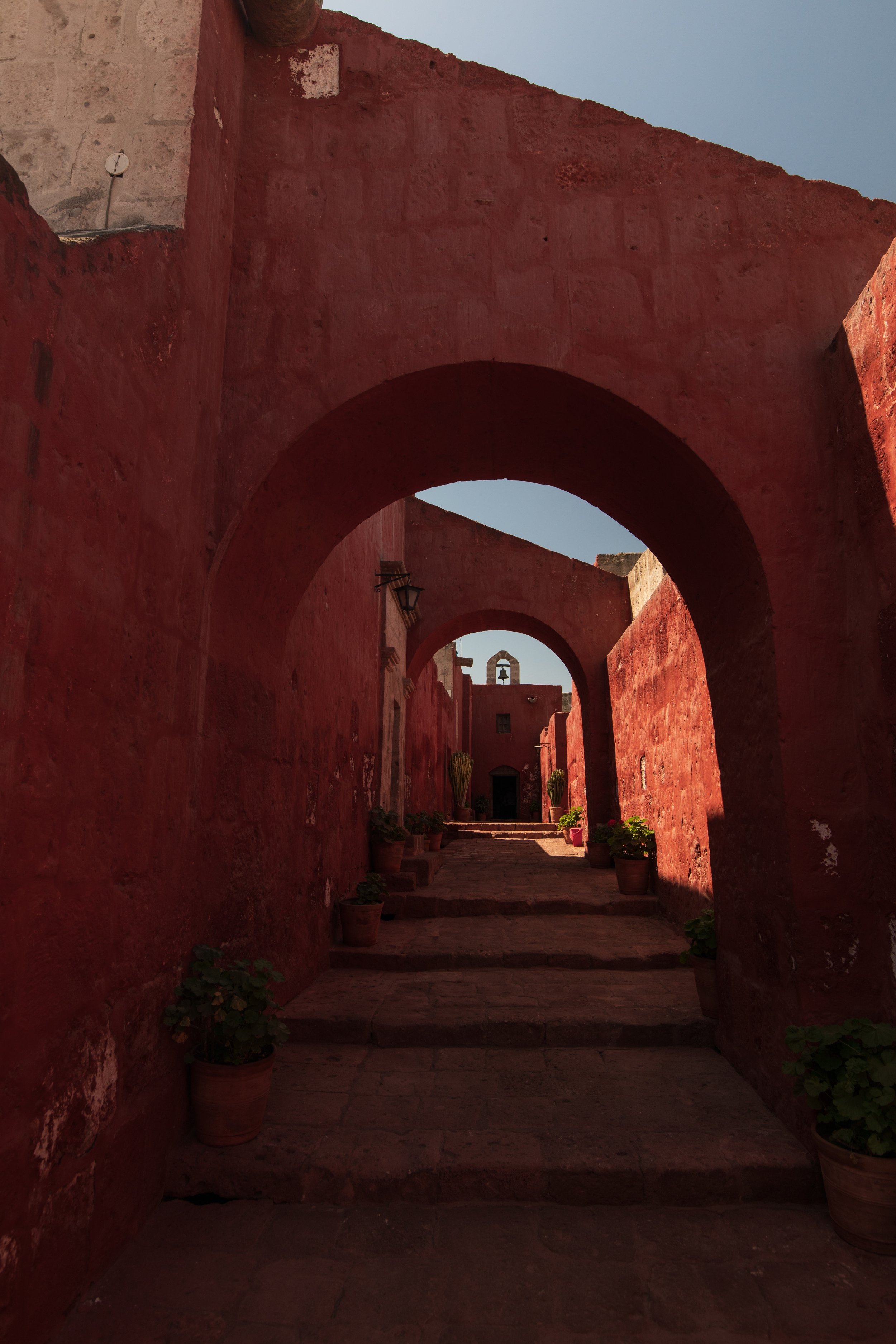
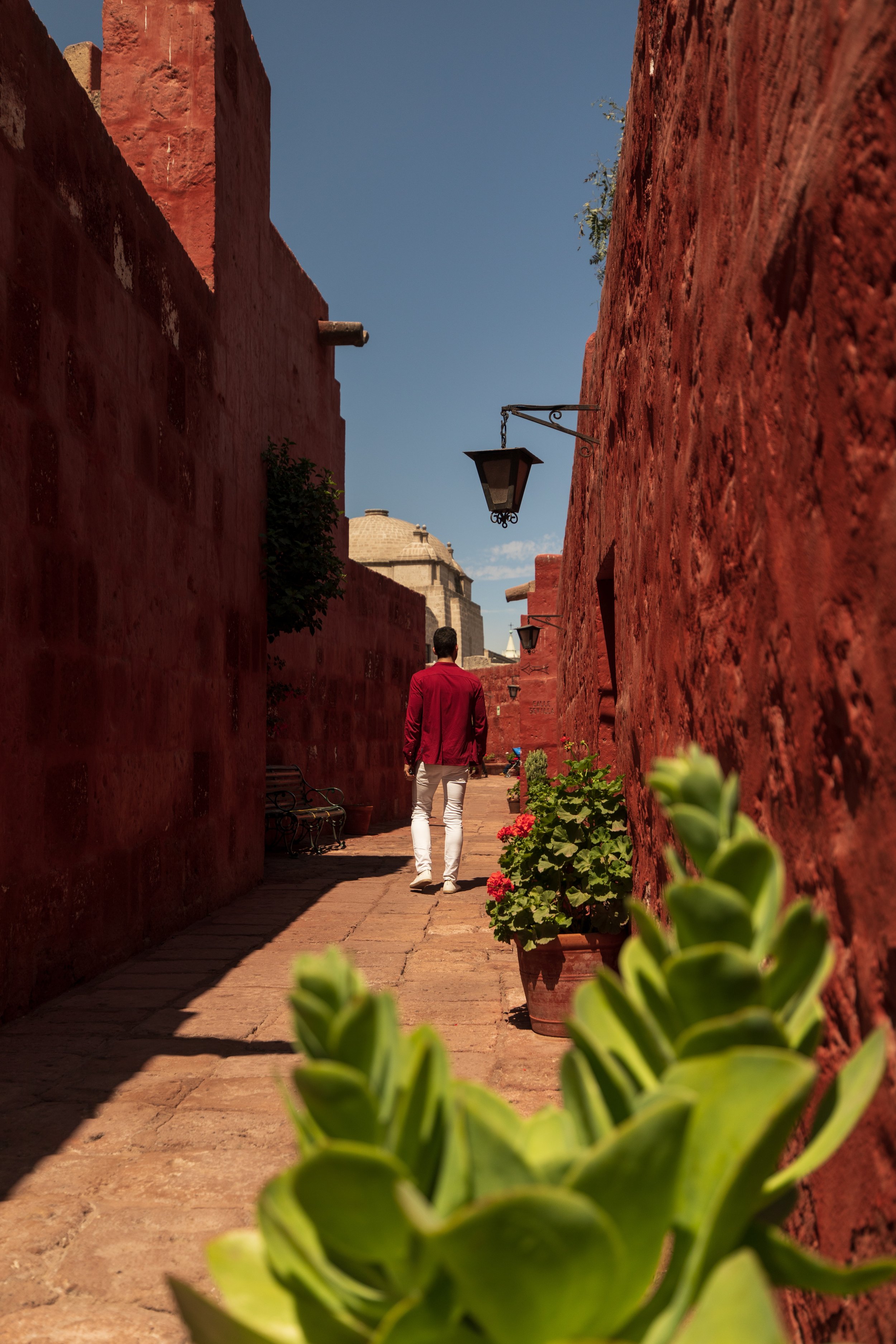
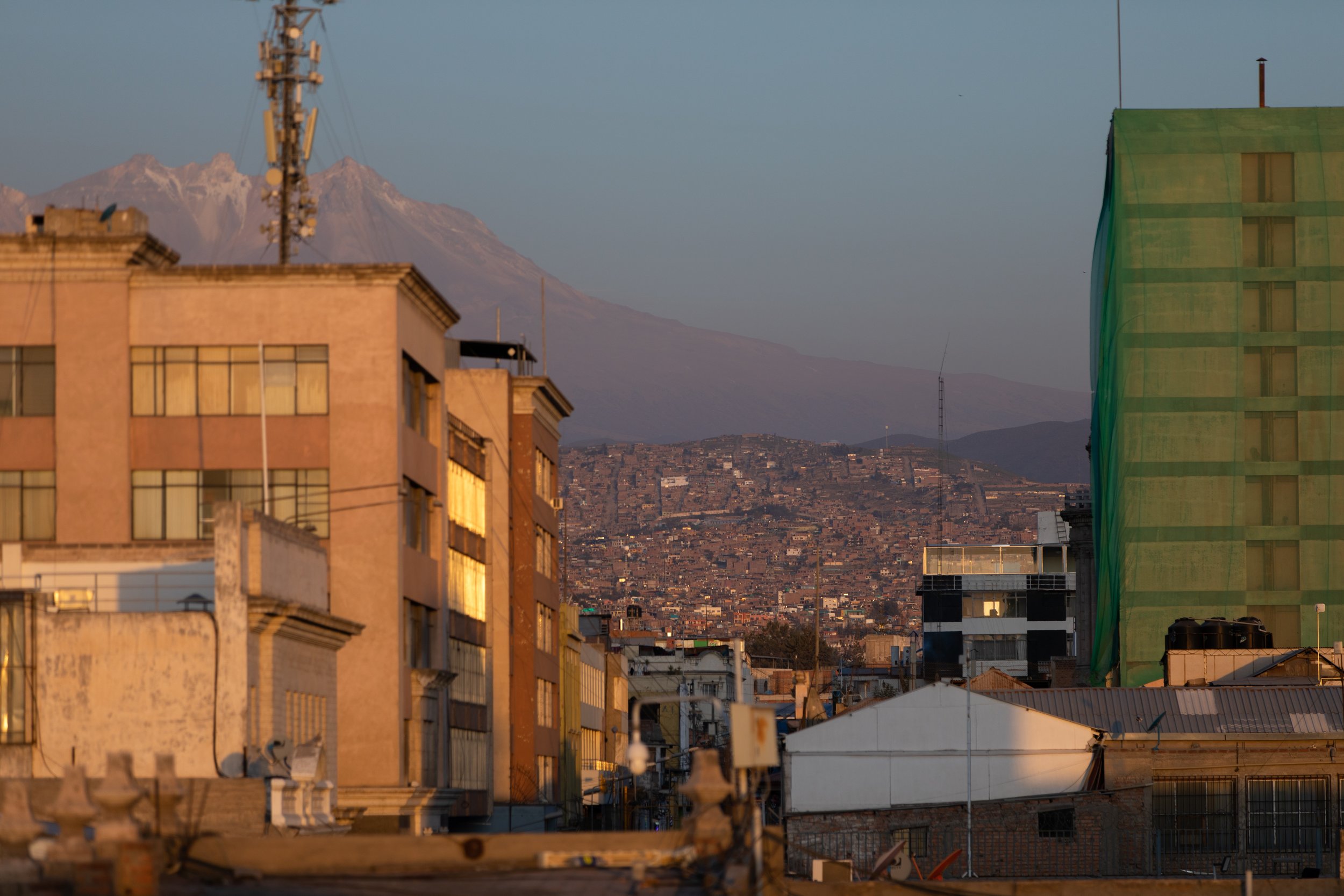
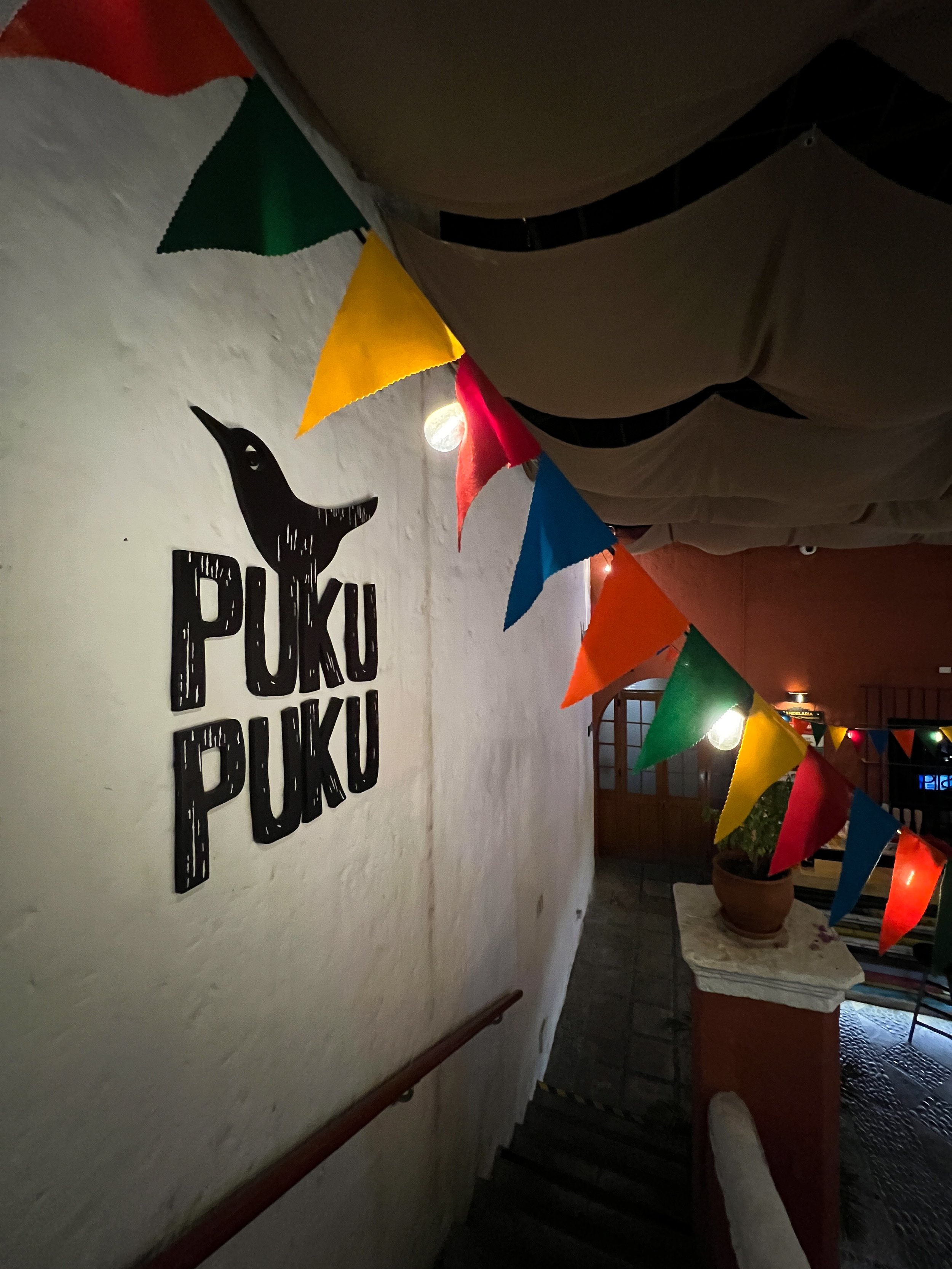
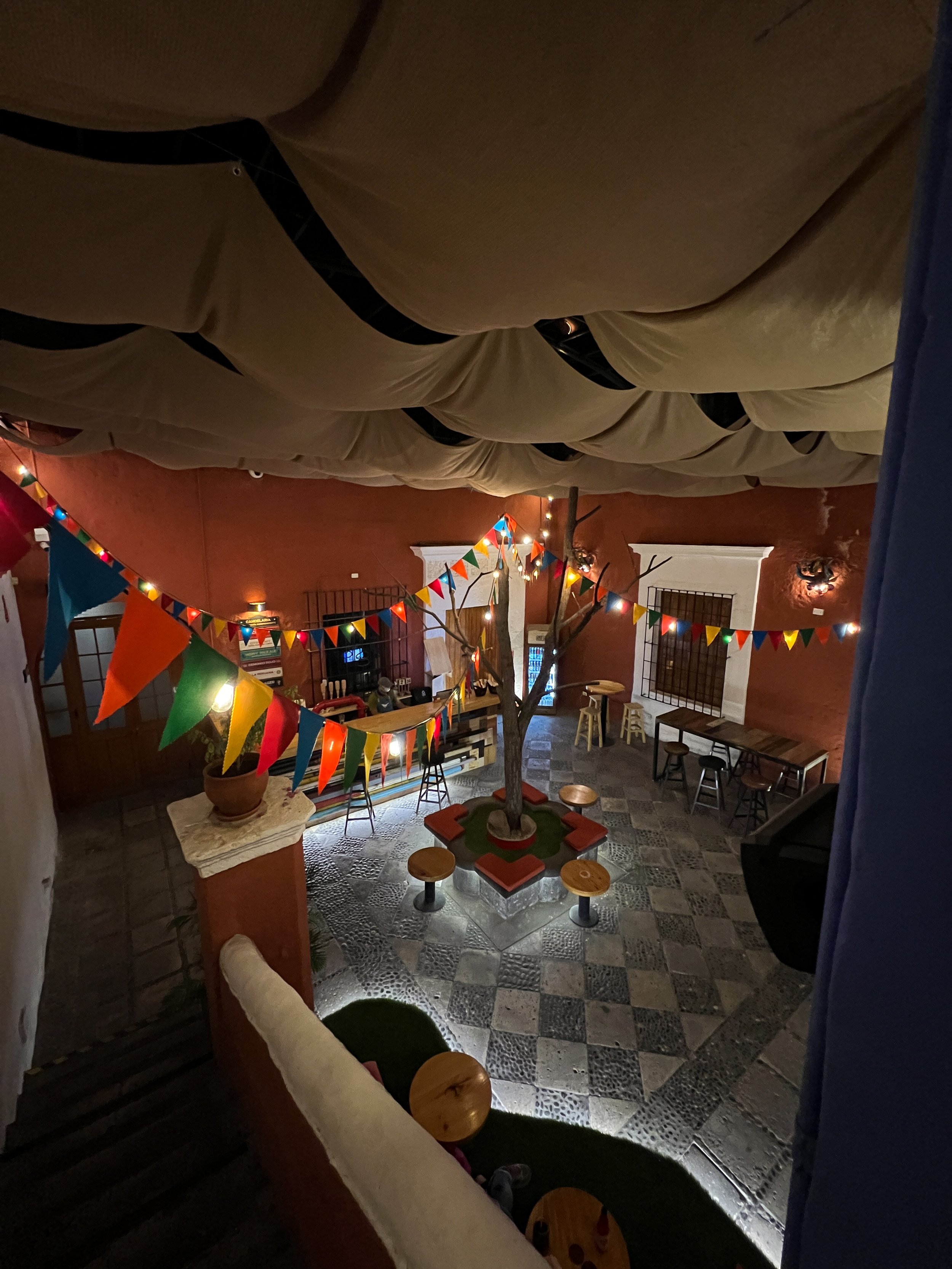
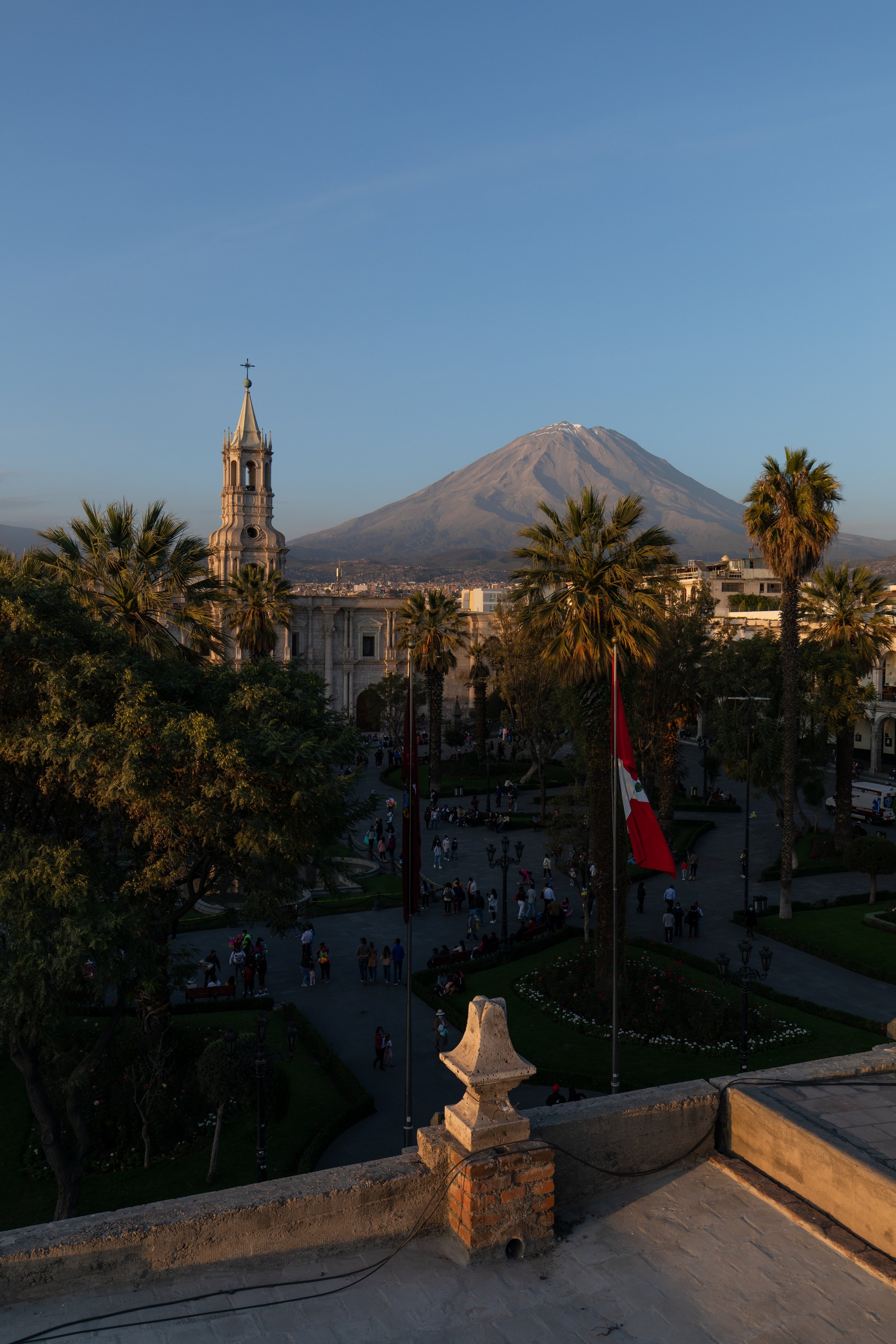
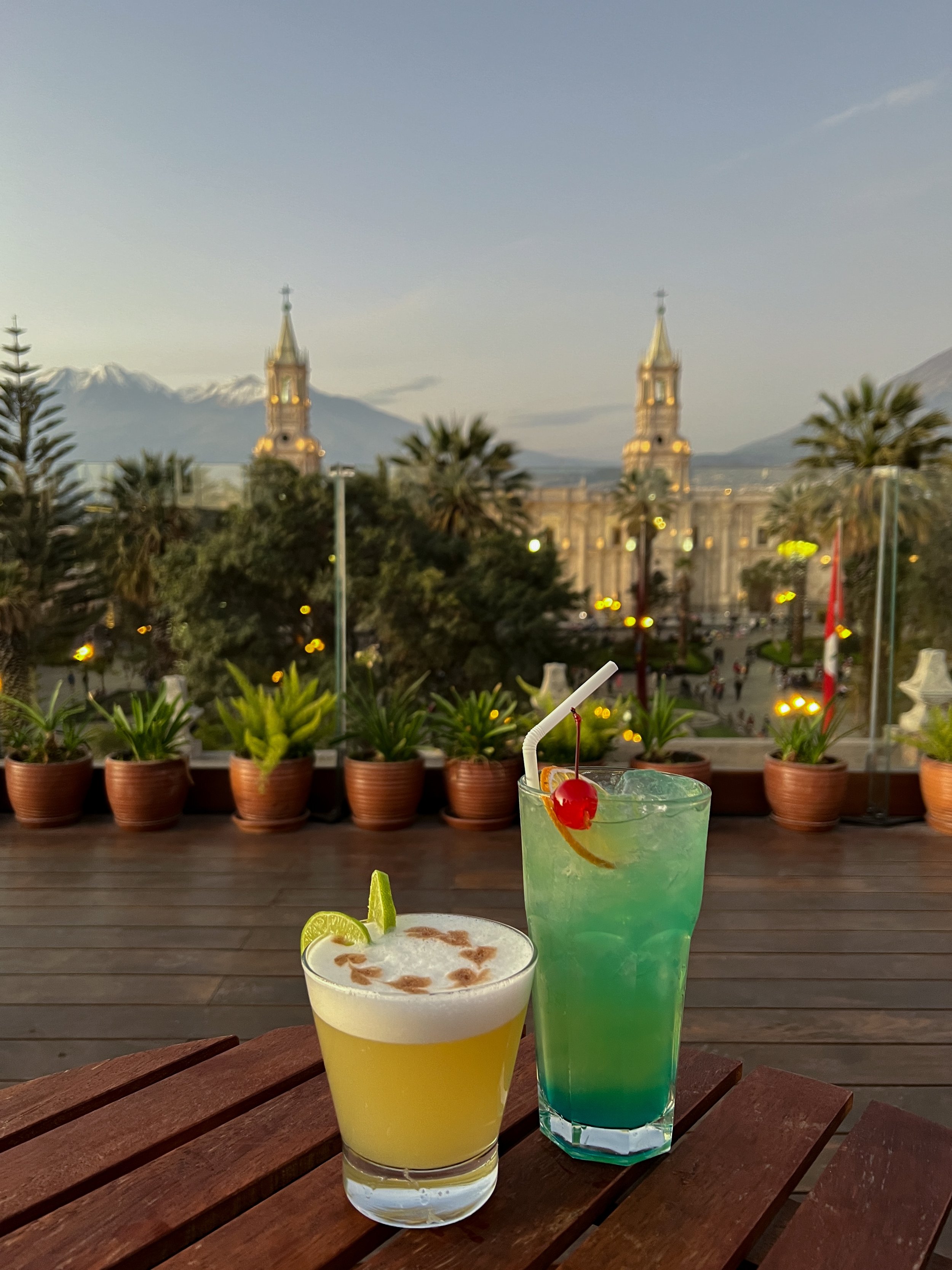
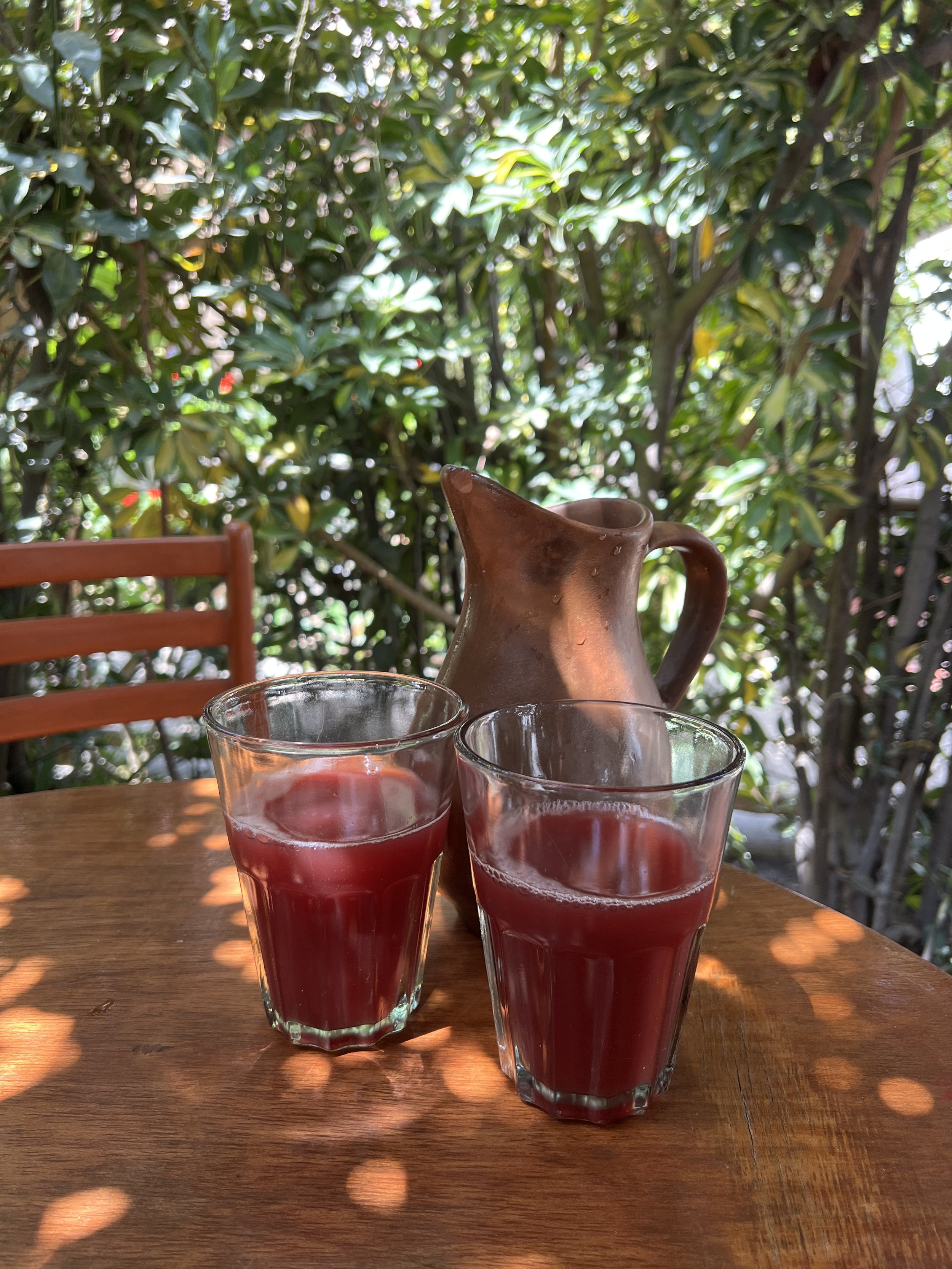
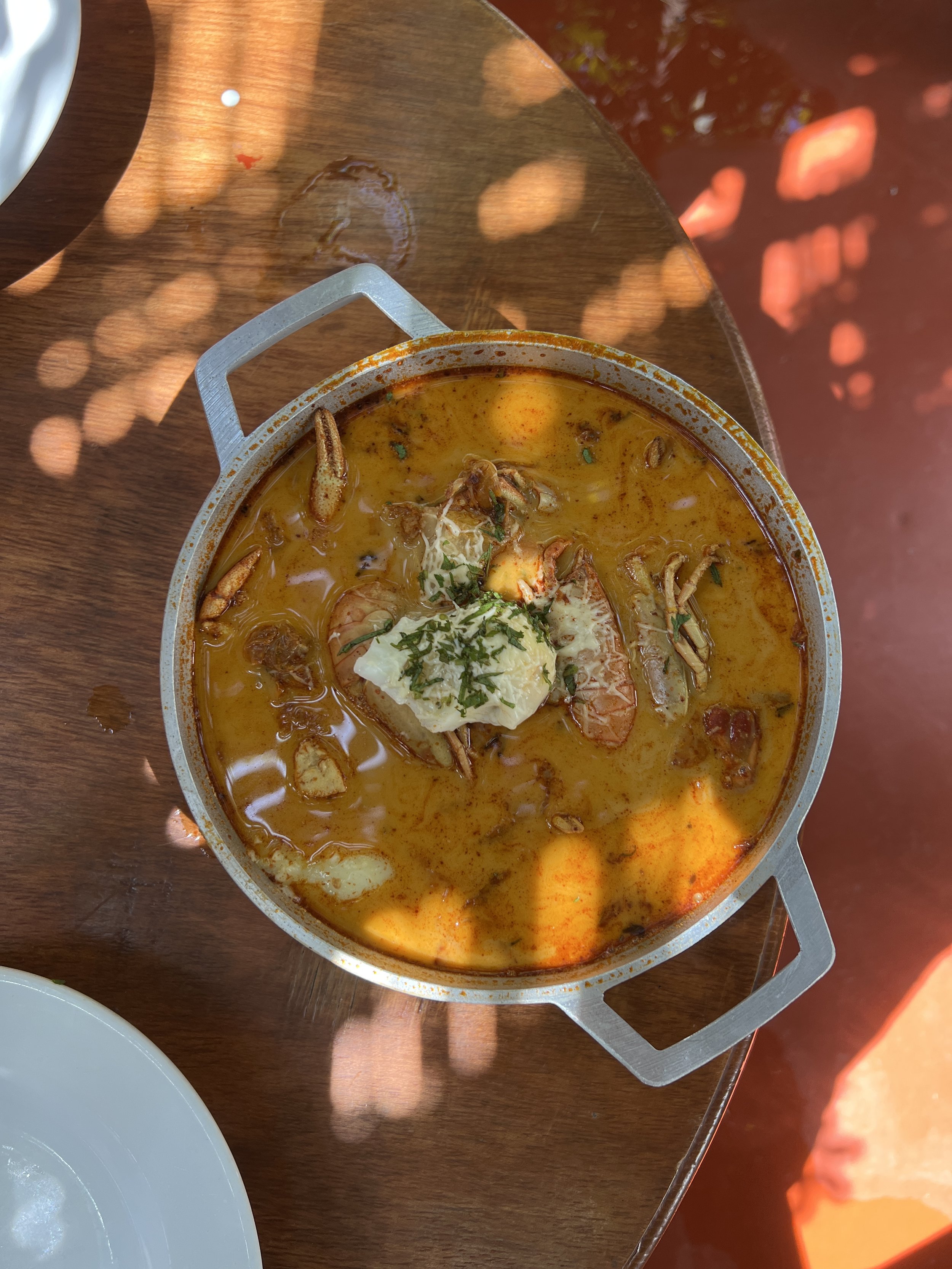
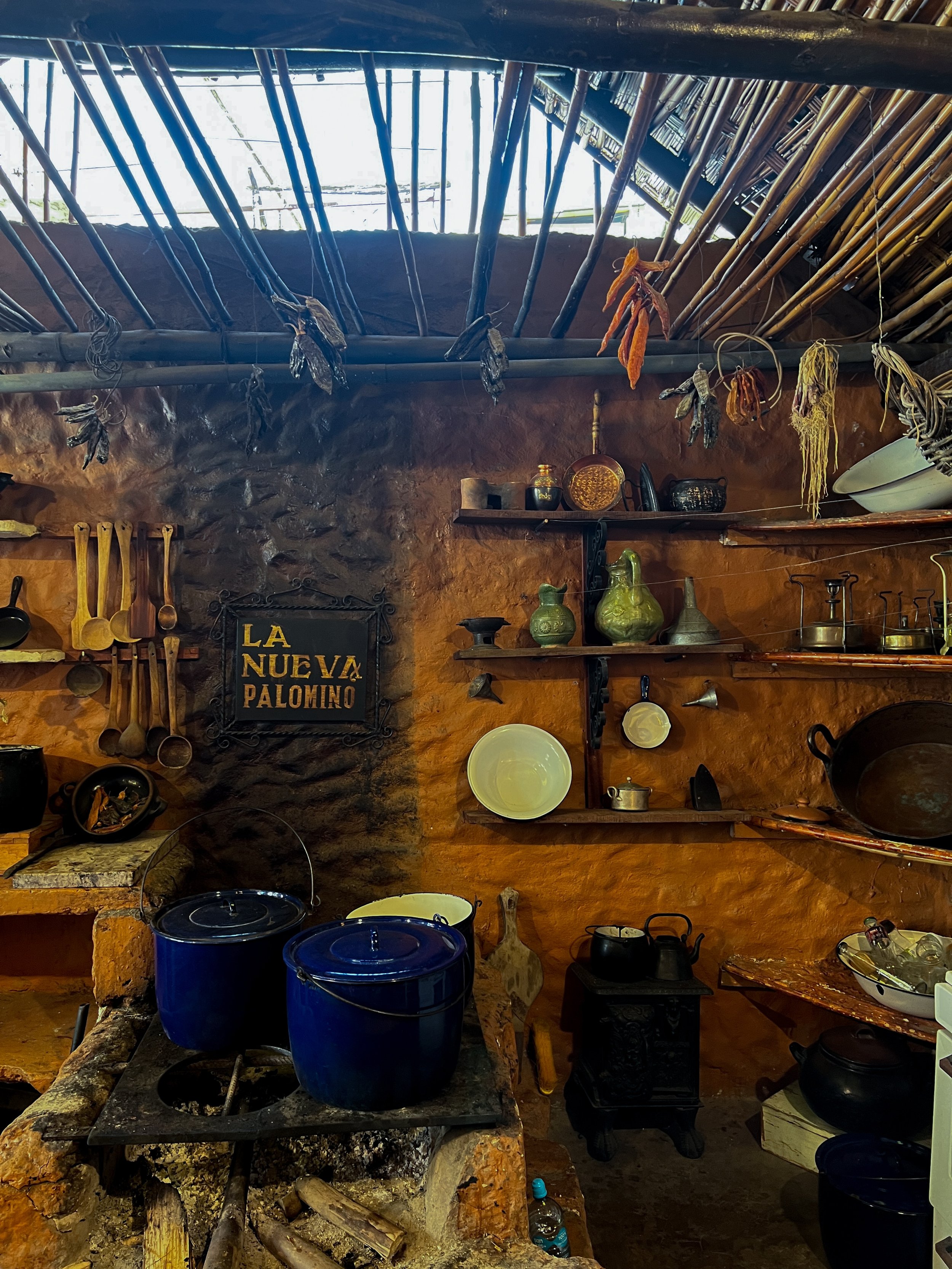
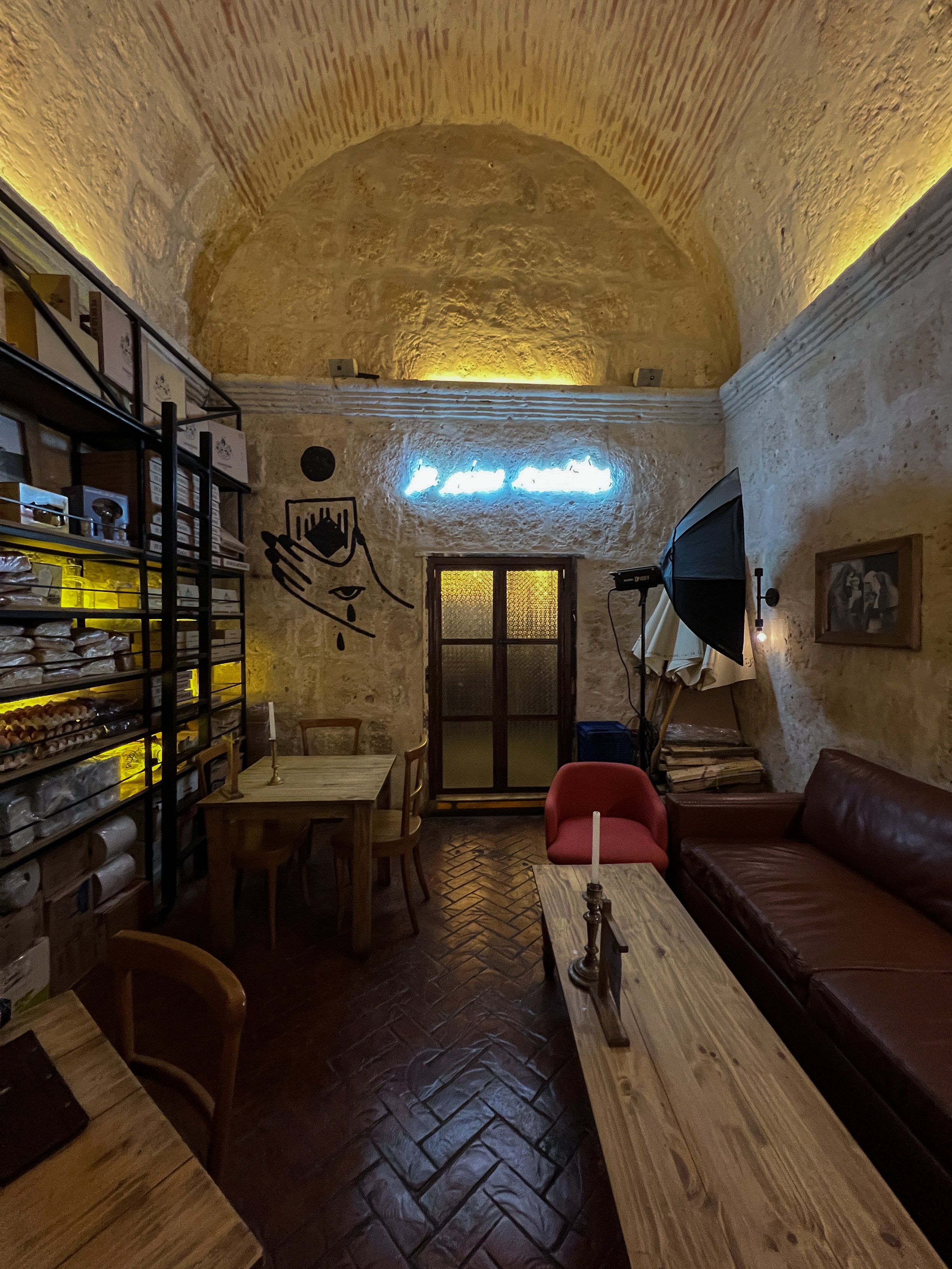
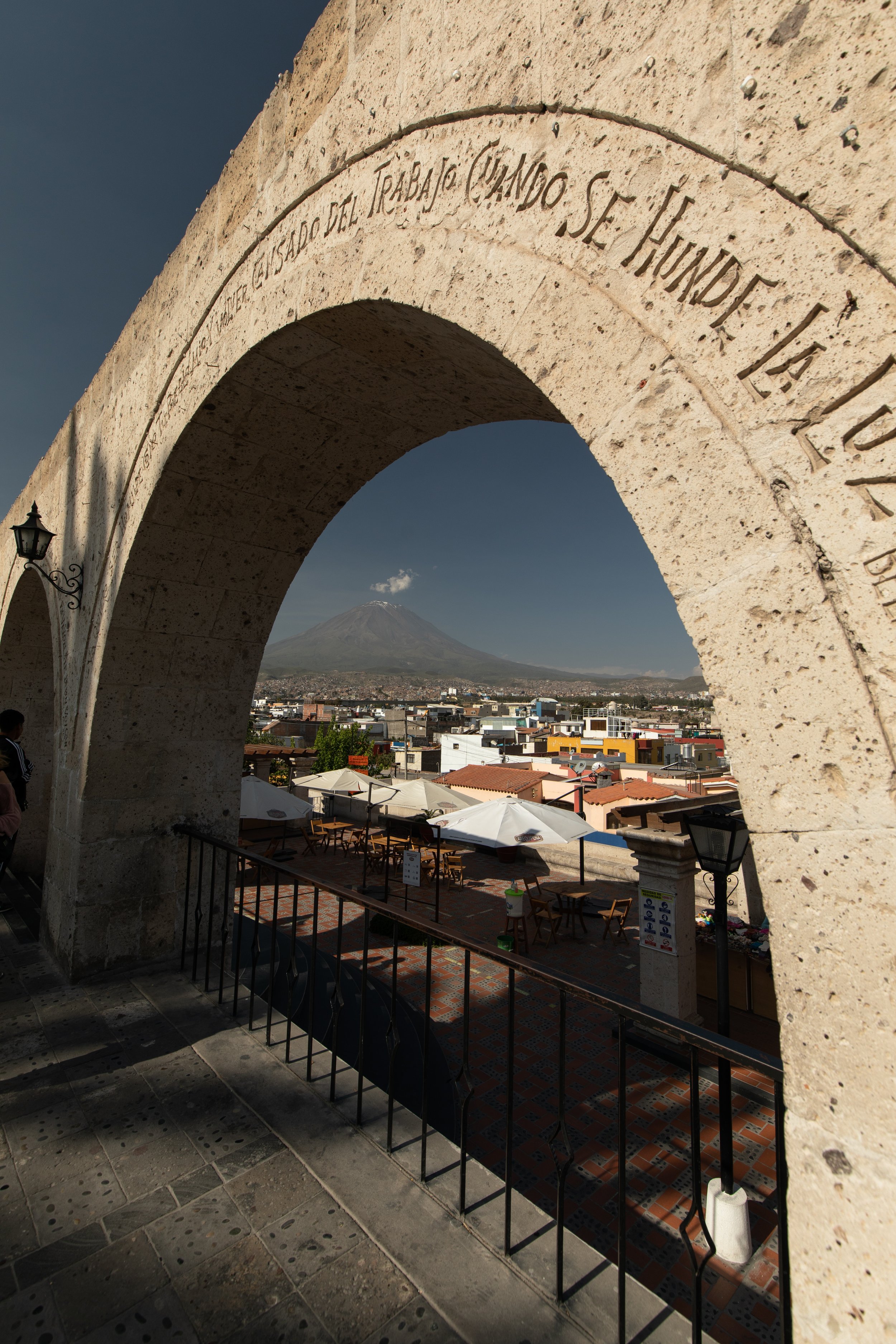
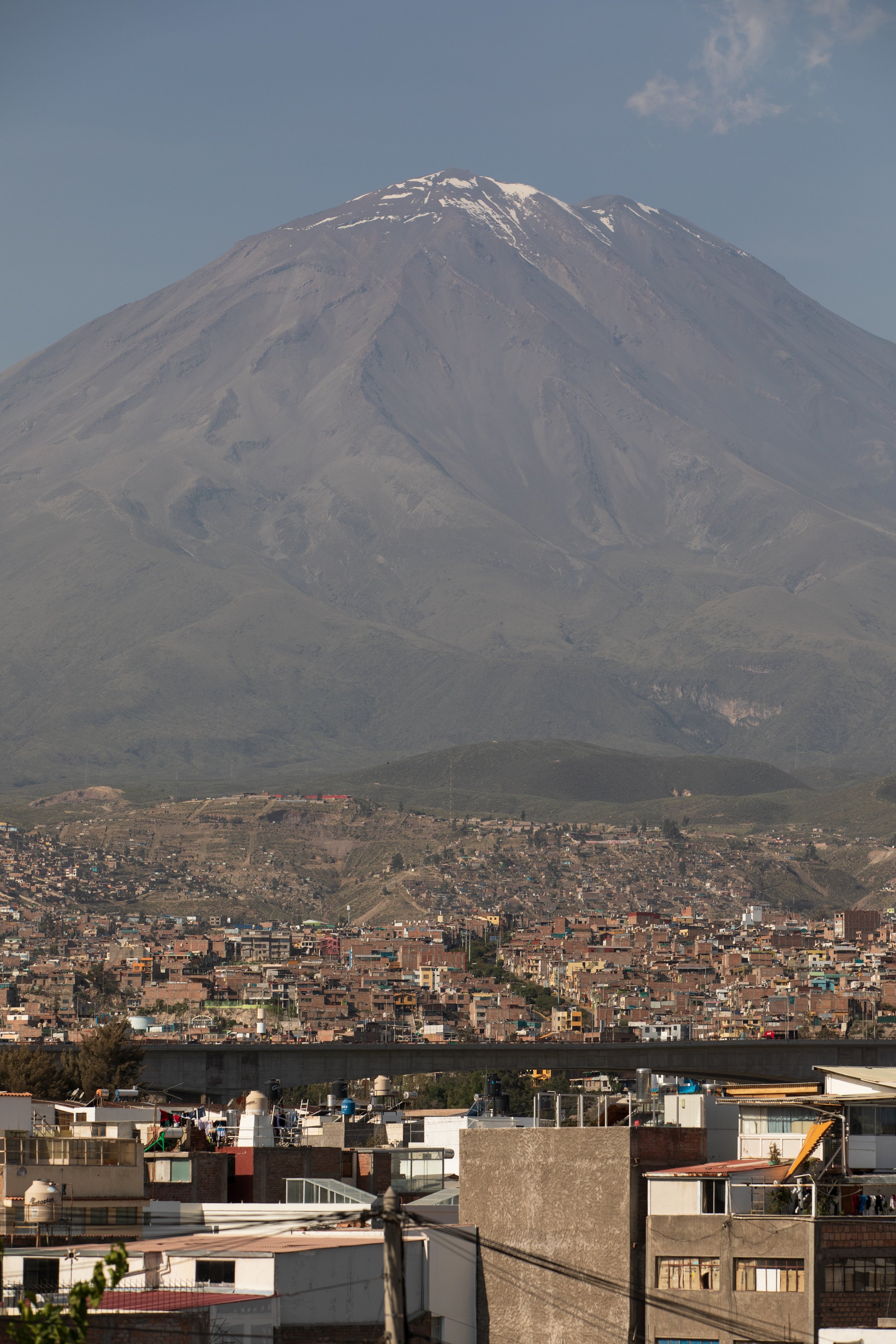
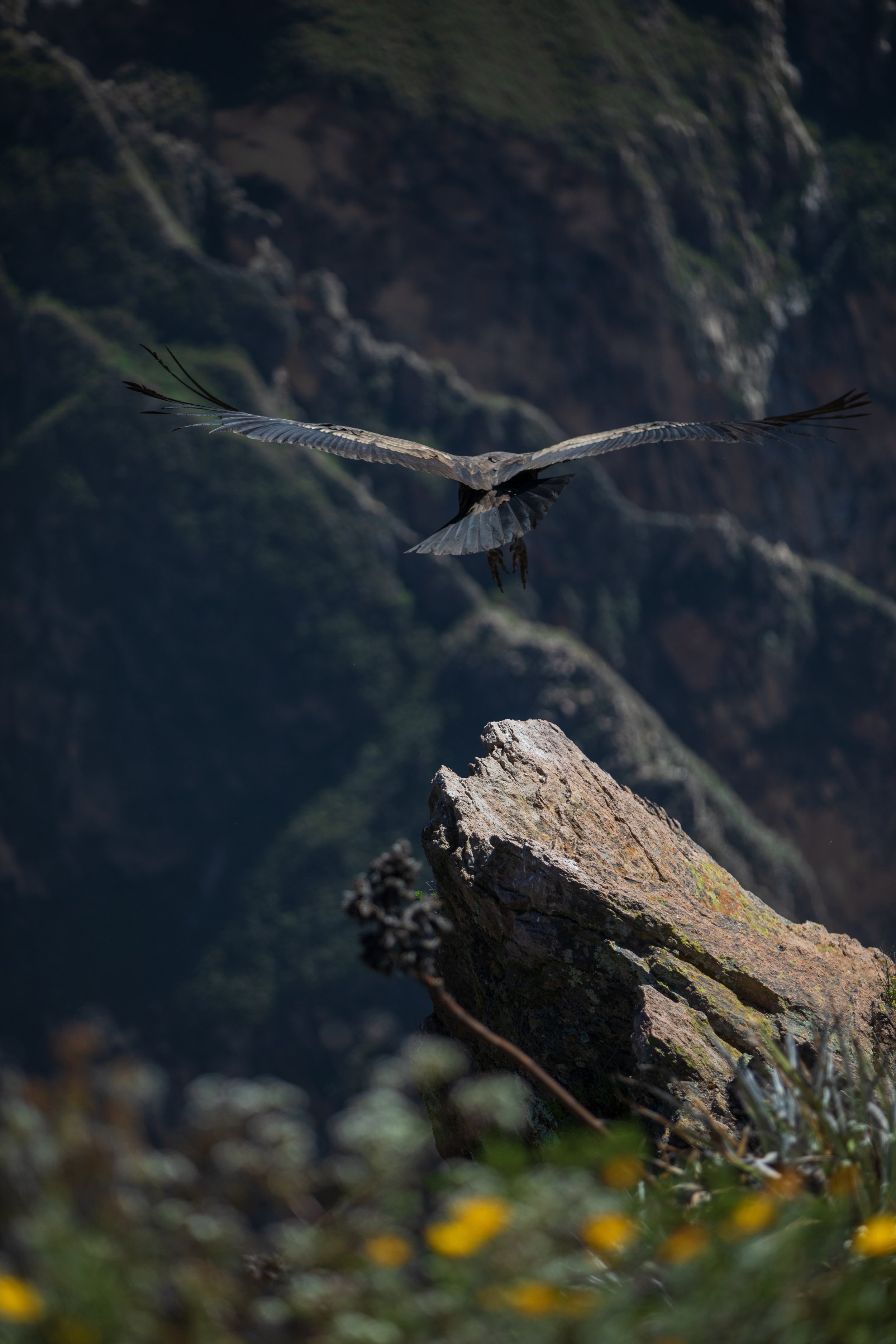
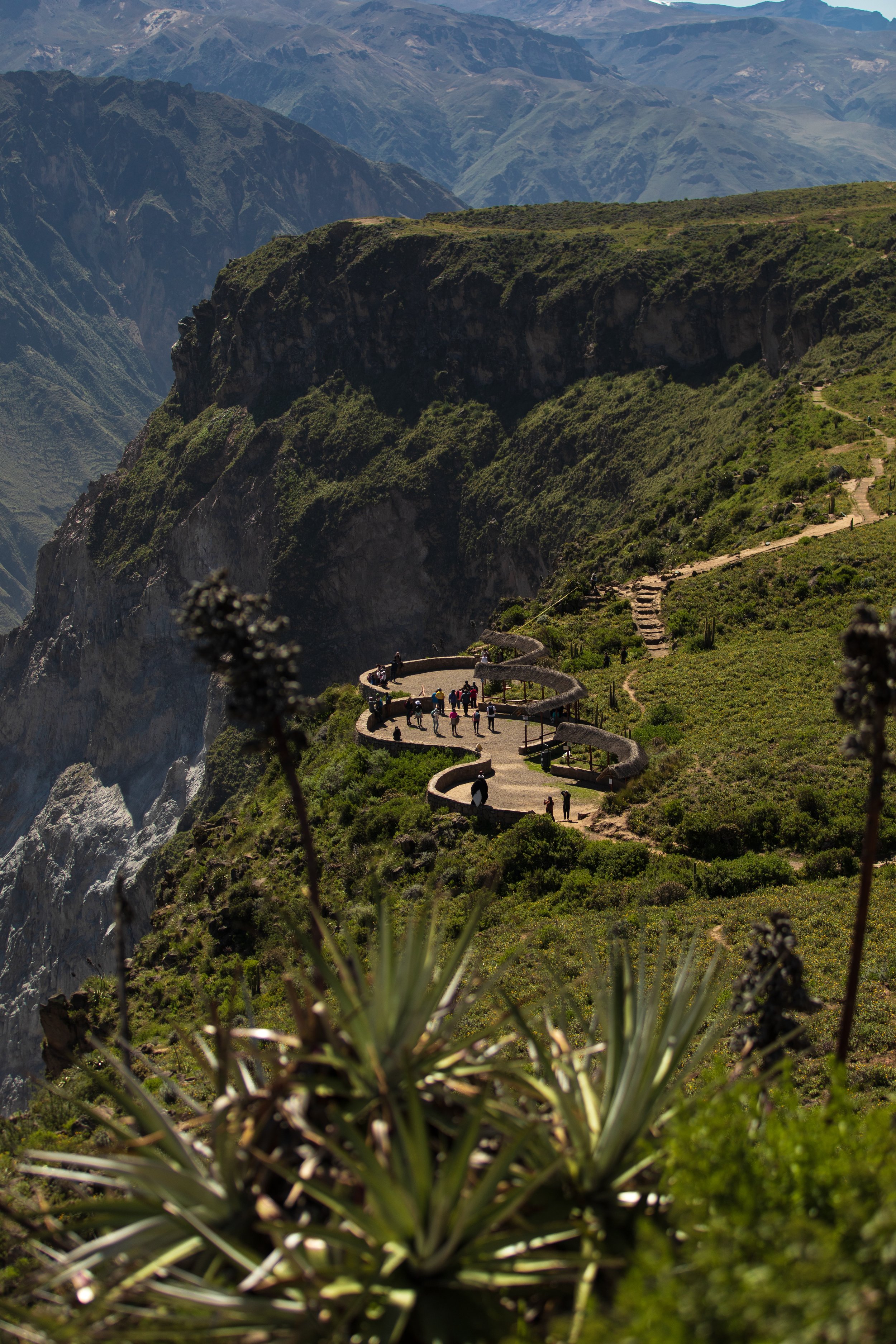



A detailed comparison of two popular boat trips tours in Lima and Paracas